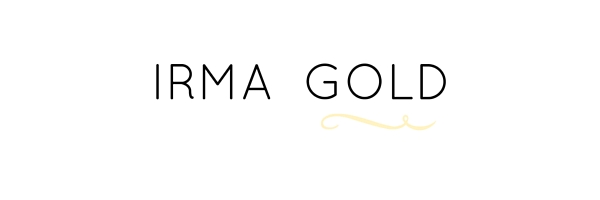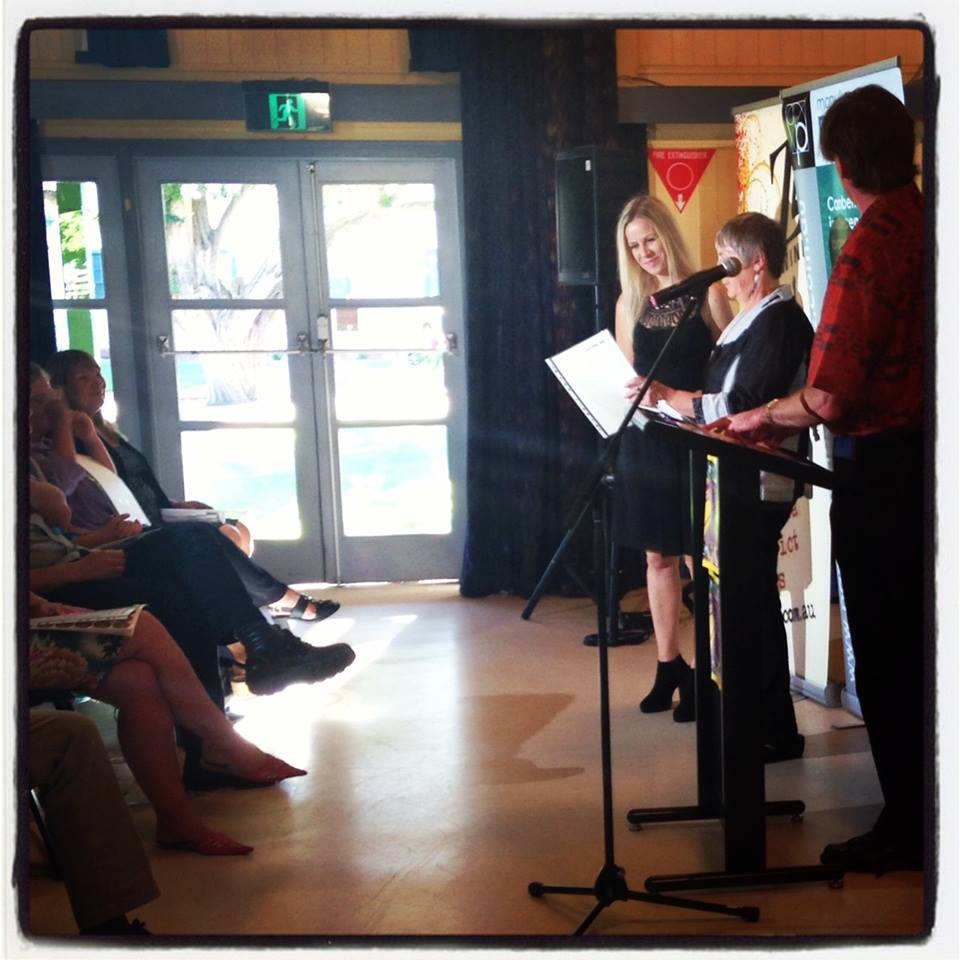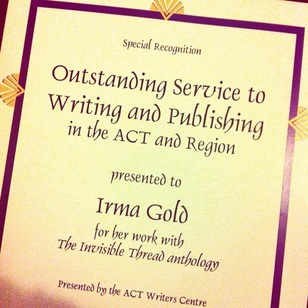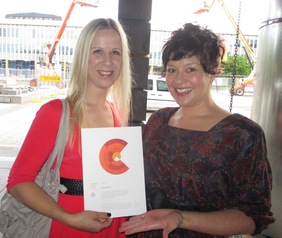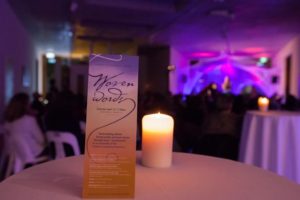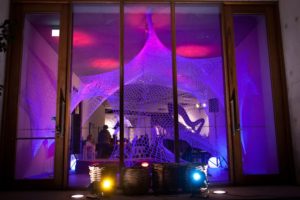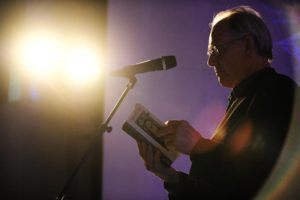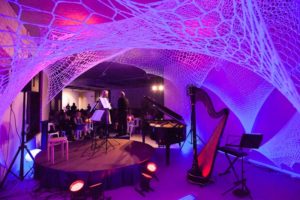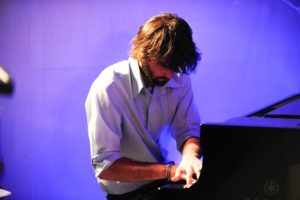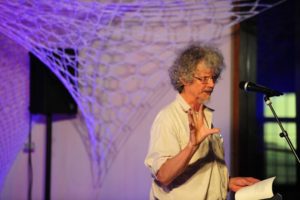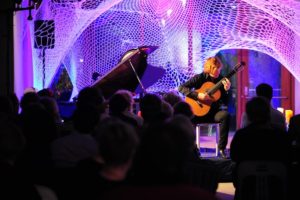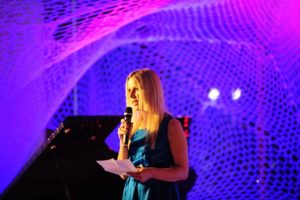 I haven’t blogged for some time but there’s been lots happening so I thought I’d post a quick newsy update about literary travels, events, a new editorial role, and the publication of a couple of new short stories.
I haven’t blogged for some time but there’s been lots happening so I thought I’d post a quick newsy update about literary travels, events, a new editorial role, and the publication of a couple of new short stories.
Megumi and the Bear is still getting out and about, with two events in Brisbane earlier this year, including my first chance to visit Avid Reader Bookshop which has the best vibe and the loveliest staff. My reading was in the gorgeous outdoor area with perfectly balmy weather. The kids ate bear cupcakes and drank babycinos from the café, and then sat on a rug for the reading. I just loved watching their little mouths slowly falling open as they listened so intently. It was all just too cute.
Then came a reading at Harry Hartogs, a new independent bookshop in Woden. Canberra has recently seen the closure of two bookshops, Electric Shadows and Smith’s Alternative, leaving us with just two independents. It’s a sad sign of the times because Canberrans are serious literature lovers. I do hope our community can support more than just two independents. I’d love to see a bookshop pop up in New Acton, my favourite place in Canberra because it’s full of so much artistic goodness. One can only hope.
 But in good news for local literature I launched the new Lakeside Literary Lounge series at Tuggeranong Arts Centre this month. I’ve lived in this part of town for 17 years now and it’s been a rarity to have a literary event in my own backyard, so to speak. What a novelty it was to jump in my car and drive just five minutes to launch this new Meet the Author series. First up was one of our local literary lights, the wonderful Nigel Featherstone, talking about his cracking third novella, The Beach Volcano. The newly refurbished space was cosy, quirky and intimate. There’s a bar (very important!) and the space encouraged intelligent and thoughtful conversation between the audience and author. It was all bloody marvellous and I can’t wait for the next in the series. There’ll be one event for each season, so if you’re in Canberra do make sure you catch the winter outing on 4 June. I hear Kaaron Warren will be plunging us into places dark and brutal.
But in good news for local literature I launched the new Lakeside Literary Lounge series at Tuggeranong Arts Centre this month. I’ve lived in this part of town for 17 years now and it’s been a rarity to have a literary event in my own backyard, so to speak. What a novelty it was to jump in my car and drive just five minutes to launch this new Meet the Author series. First up was one of our local literary lights, the wonderful Nigel Featherstone, talking about his cracking third novella, The Beach Volcano. The newly refurbished space was cosy, quirky and intimate. There’s a bar (very important!) and the space encouraged intelligent and thoughtful conversation between the audience and author. It was all bloody marvellous and I can’t wait for the next in the series. There’ll be one event for each season, so if you’re in Canberra do make sure you catch the winter outing on 4 June. I hear Kaaron Warren will be plunging us into places dark and brutal.
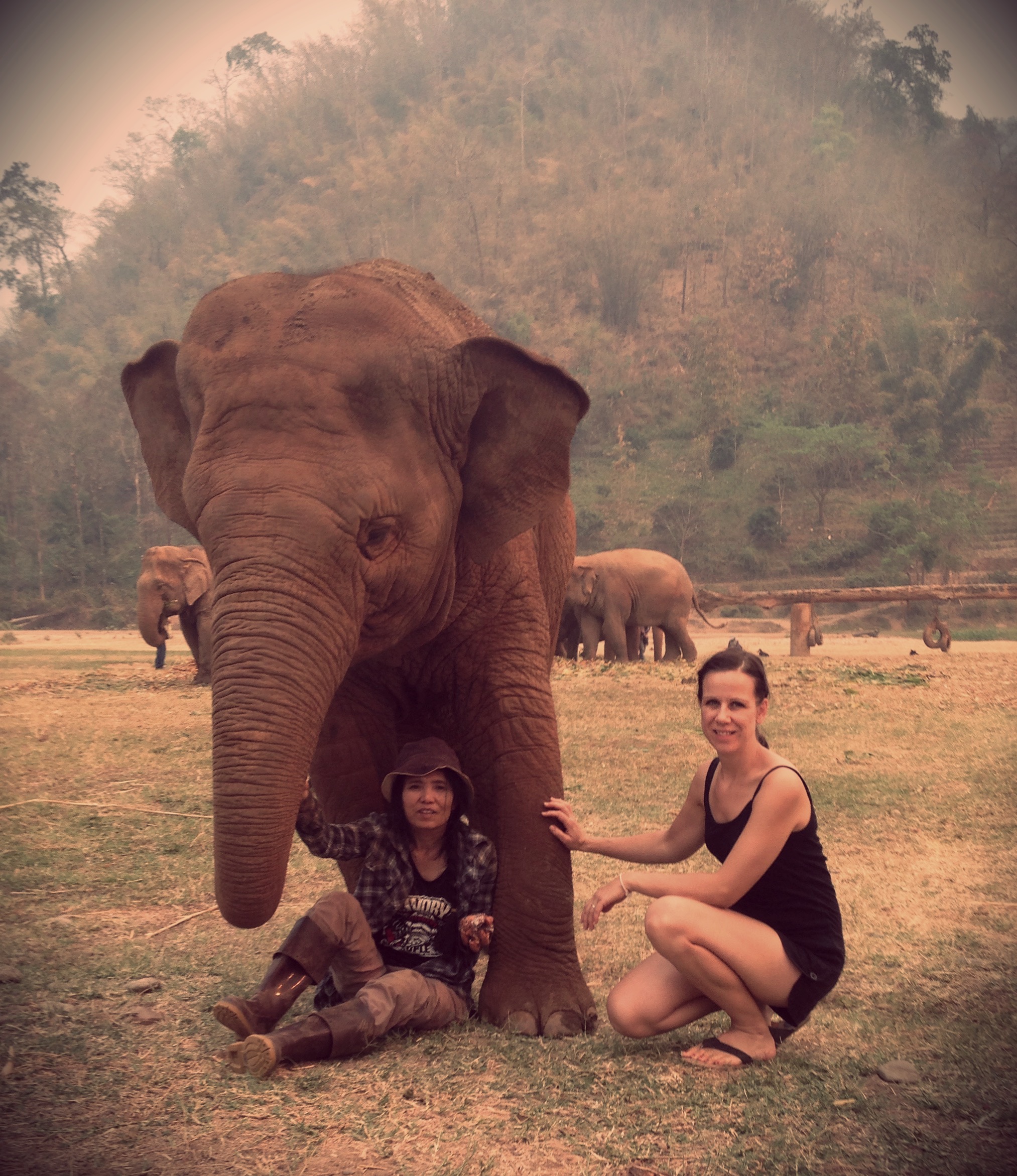 Speaking of brutal, last month an artsACT grant took me to Elephant Nature Park (ENP), an elephant sanctuary in Thailand for rescued elephants, to do research for my next picture book. The trip wasn’t brutal, in fact it was hands down one of the most incredible experiences of my life. But before the elephants arrive at the sanctuary they have experienced a lifetime of brutality. If you want to know more, this article provides a very good summary of why we should never ride an elephant, buy an elephant painting or watch an elephant show. I’m now hard at work on my manuscript and so excited about the potential of getting into schools and talking to kids. I took a gazillion photos of those beautiful elephants (you can see a few over at my Facebook page). This is one of me with the six-year-old elephant Faa Mai and Lek, founder of ENP and one of the most remarkable people I’ve had the good fortunate to meet.
Speaking of brutal, last month an artsACT grant took me to Elephant Nature Park (ENP), an elephant sanctuary in Thailand for rescued elephants, to do research for my next picture book. The trip wasn’t brutal, in fact it was hands down one of the most incredible experiences of my life. But before the elephants arrive at the sanctuary they have experienced a lifetime of brutality. If you want to know more, this article provides a very good summary of why we should never ride an elephant, buy an elephant painting or watch an elephant show. I’m now hard at work on my manuscript and so excited about the potential of getting into schools and talking to kids. I took a gazillion photos of those beautiful elephants (you can see a few over at my Facebook page). This is one of me with the six-year-old elephant Faa Mai and Lek, founder of ENP and one of the most remarkable people I’ve had the good fortunate to meet.
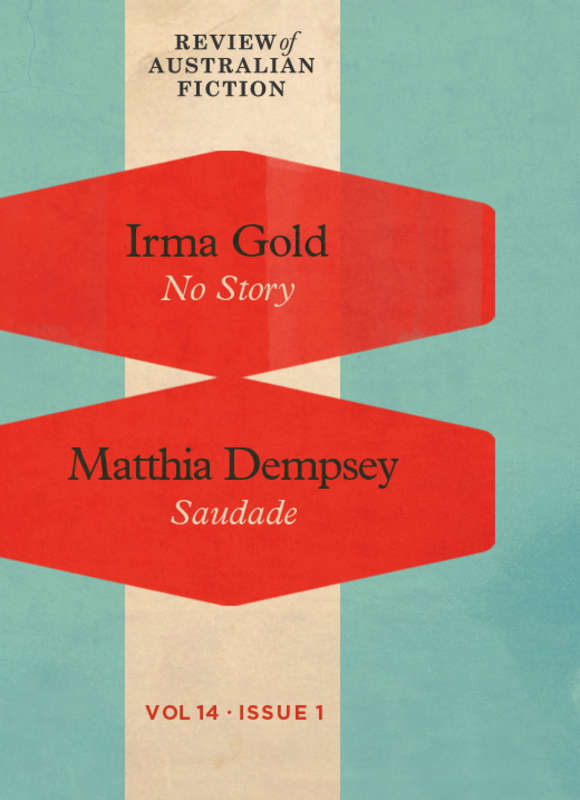 From works in progress to the publication of finished works, a new short story of mine, called ‘Bus 864F’, is out in the April issue of Mascara Literary Review (have a read here). And I’ve got another new story in Review of Australian Fiction (RAF), called ‘No Story’ (you can read that one here). It’s worth mentioning a bit more about RAF because they’ve developed a brilliant model. They publish two stories every two weeks from wonderful writers like Christos Tsiolkas, Paddy O’Reilly, Frank Moorhouse, Marion Halligan, Alex Miller, James Bradley and the aforementioned Nigel Featherstone, among many others, so I’m honoured to be in their company. One of things I love about RAF is that they have no word limit. Most journals favour stories that sit around the 3000-word mark, but being commissioned to write a story of any length was freeing, and I’m really pleased with what emerged. The other thing I love is that RAF pairs an established writer with an emerging writer. And the former gets to pick the latter. So it was a real pleasure to be able to select Matthia Dempsey as my RAF partner in crime. I’ve known Matthia since I emigrated to Australia at age nine. Back then we climbed blossom trees together and dreamed of being Anne of Green Gables. We had no idea that we’d both end up as writers and editors. And as you’ll see from her story, ‘Saudade’, Matthia is an extremely fine writer. You can read both our stories for less than the price of a cup of coffee here, or, better yet, since ours is the first in a new volume it’s the perfect time to subscribe.
From works in progress to the publication of finished works, a new short story of mine, called ‘Bus 864F’, is out in the April issue of Mascara Literary Review (have a read here). And I’ve got another new story in Review of Australian Fiction (RAF), called ‘No Story’ (you can read that one here). It’s worth mentioning a bit more about RAF because they’ve developed a brilliant model. They publish two stories every two weeks from wonderful writers like Christos Tsiolkas, Paddy O’Reilly, Frank Moorhouse, Marion Halligan, Alex Miller, James Bradley and the aforementioned Nigel Featherstone, among many others, so I’m honoured to be in their company. One of things I love about RAF is that they have no word limit. Most journals favour stories that sit around the 3000-word mark, but being commissioned to write a story of any length was freeing, and I’m really pleased with what emerged. The other thing I love is that RAF pairs an established writer with an emerging writer. And the former gets to pick the latter. So it was a real pleasure to be able to select Matthia Dempsey as my RAF partner in crime. I’ve known Matthia since I emigrated to Australia at age nine. Back then we climbed blossom trees together and dreamed of being Anne of Green Gables. We had no idea that we’d both end up as writers and editors. And as you’ll see from her story, ‘Saudade’, Matthia is an extremely fine writer. You can read both our stories for less than the price of a cup of coffee here, or, better yet, since ours is the first in a new volume it’s the perfect time to subscribe.
And finally, to editing. Although I tend to focus on my writing on this site, I’ve just taken on a new role as Editor at Inkerman & Blunt. It’s a new publisher, led by powerhouse Donna Ward, that is producing very handsome and intelligent books. I’m working on lots of exciting projects, so stay tuned.
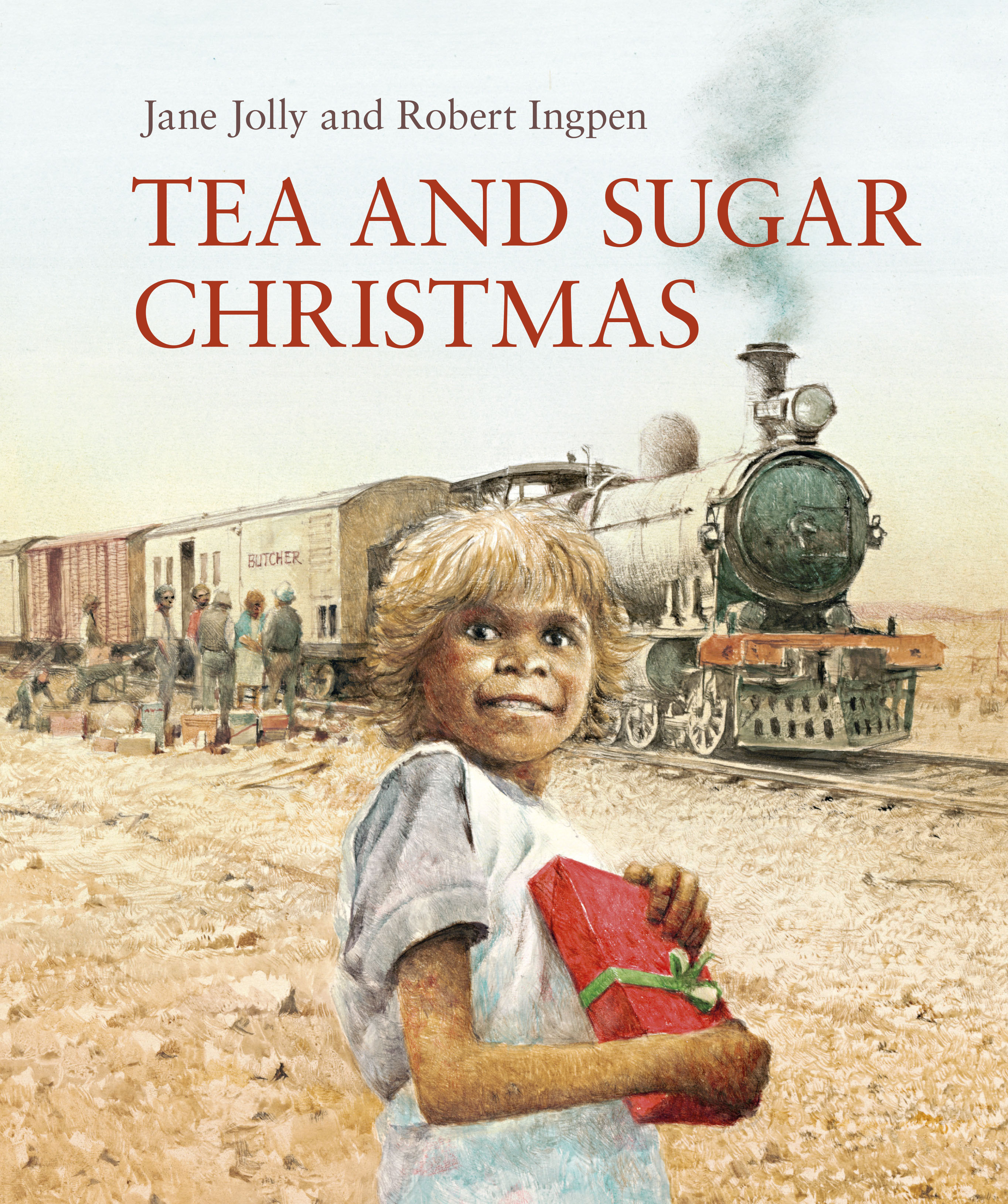 And I also want to mention Tea and Sugar Christmas, by Jane Jolly and Robert Ingpen, published by the National Library of Australia, which has just been shortlisted for the Australian Book Industry Awards (ABIA). This picture book was such a pleasure to edit, and I’m particularly delighted at the recognition it’s receiving because it is the story of a young Indigenous girl, two categories that make sales and marketing teams nervous. ‘Girls’ because, as we are always told, boys don’t want to read female protagonists. And ‘Indigenous’ because, as you may have noticed, picture books have predominantly Anglo-Saxon characters. We need more publishers willing to take the ‘risk’ of publishing culturally diverse characters, so kudos to the National Library for doing just that. And I’m thrilled that it has paid off, with Tea and Sugar Christmas selling strongly and now receiving an ABIA nod. Fingers crossed it comes out the winner!
And I also want to mention Tea and Sugar Christmas, by Jane Jolly and Robert Ingpen, published by the National Library of Australia, which has just been shortlisted for the Australian Book Industry Awards (ABIA). This picture book was such a pleasure to edit, and I’m particularly delighted at the recognition it’s receiving because it is the story of a young Indigenous girl, two categories that make sales and marketing teams nervous. ‘Girls’ because, as we are always told, boys don’t want to read female protagonists. And ‘Indigenous’ because, as you may have noticed, picture books have predominantly Anglo-Saxon characters. We need more publishers willing to take the ‘risk’ of publishing culturally diverse characters, so kudos to the National Library for doing just that. And I’m thrilled that it has paid off, with Tea and Sugar Christmas selling strongly and now receiving an ABIA nod. Fingers crossed it comes out the winner!
Well that’s it from me for now! Keep in touch over at Facebook and Twitter.
